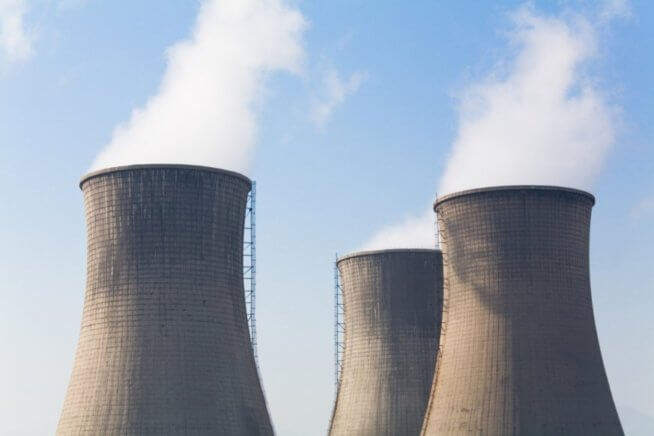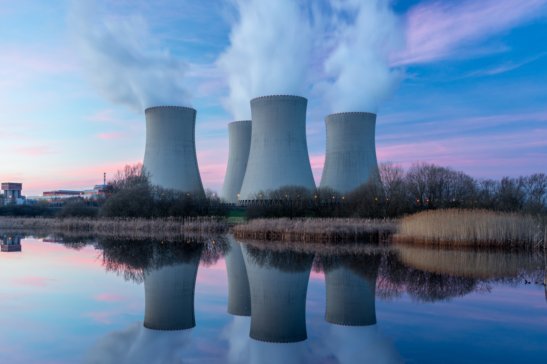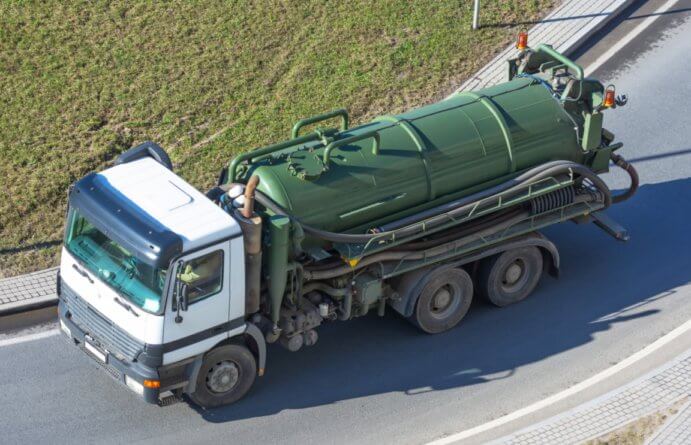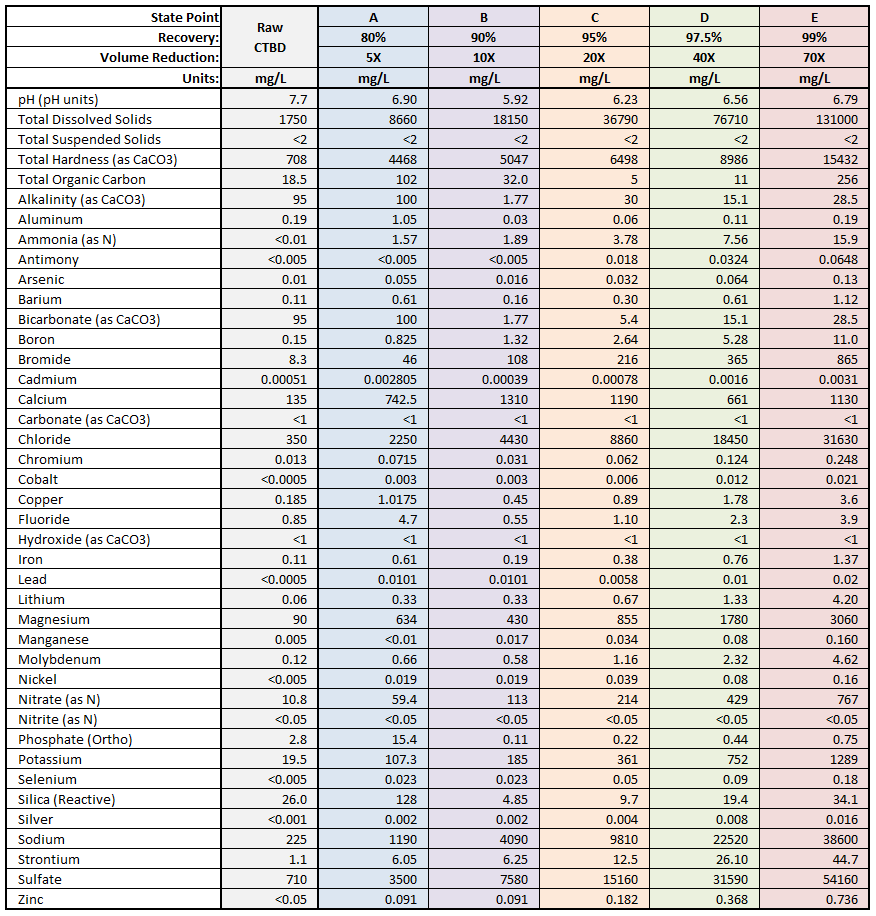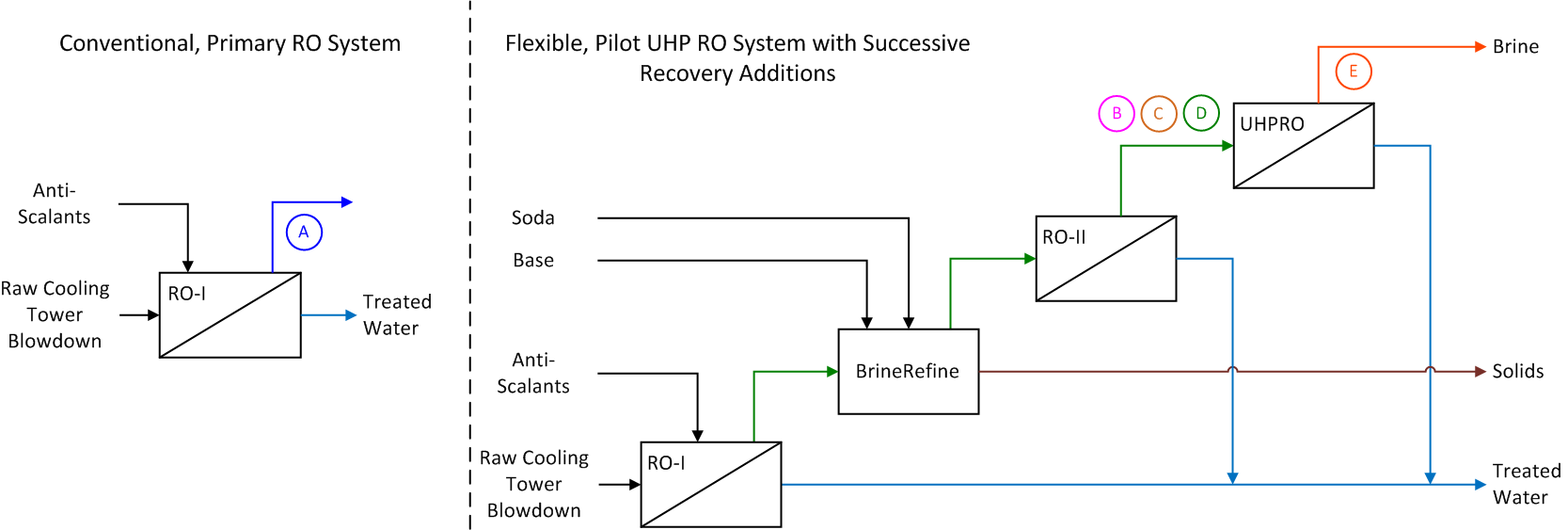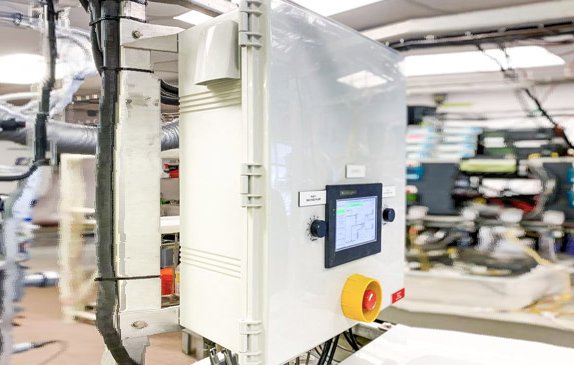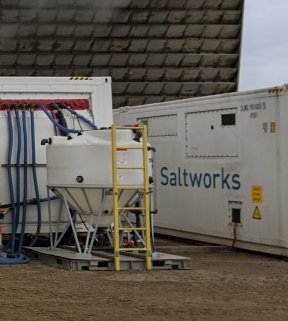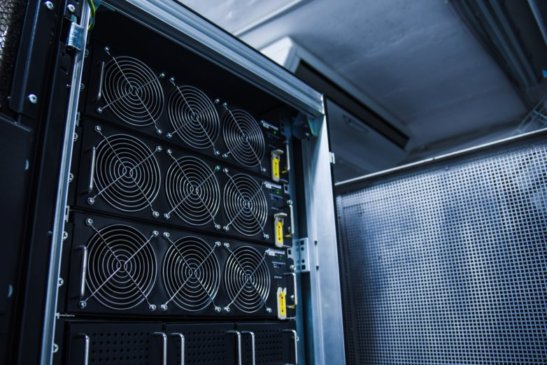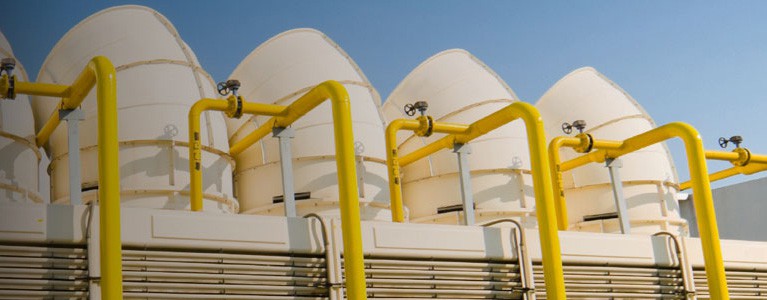
Cooling Tower Blowdown Water Recovery
Saltworks solves cooling tower blowdown challenges. We can help you reduce water usage and protect your assets by treating inlet water or recovering water from blowdown. We study your problem to help you optimize costs, recover water, and explore brine management strategies.
